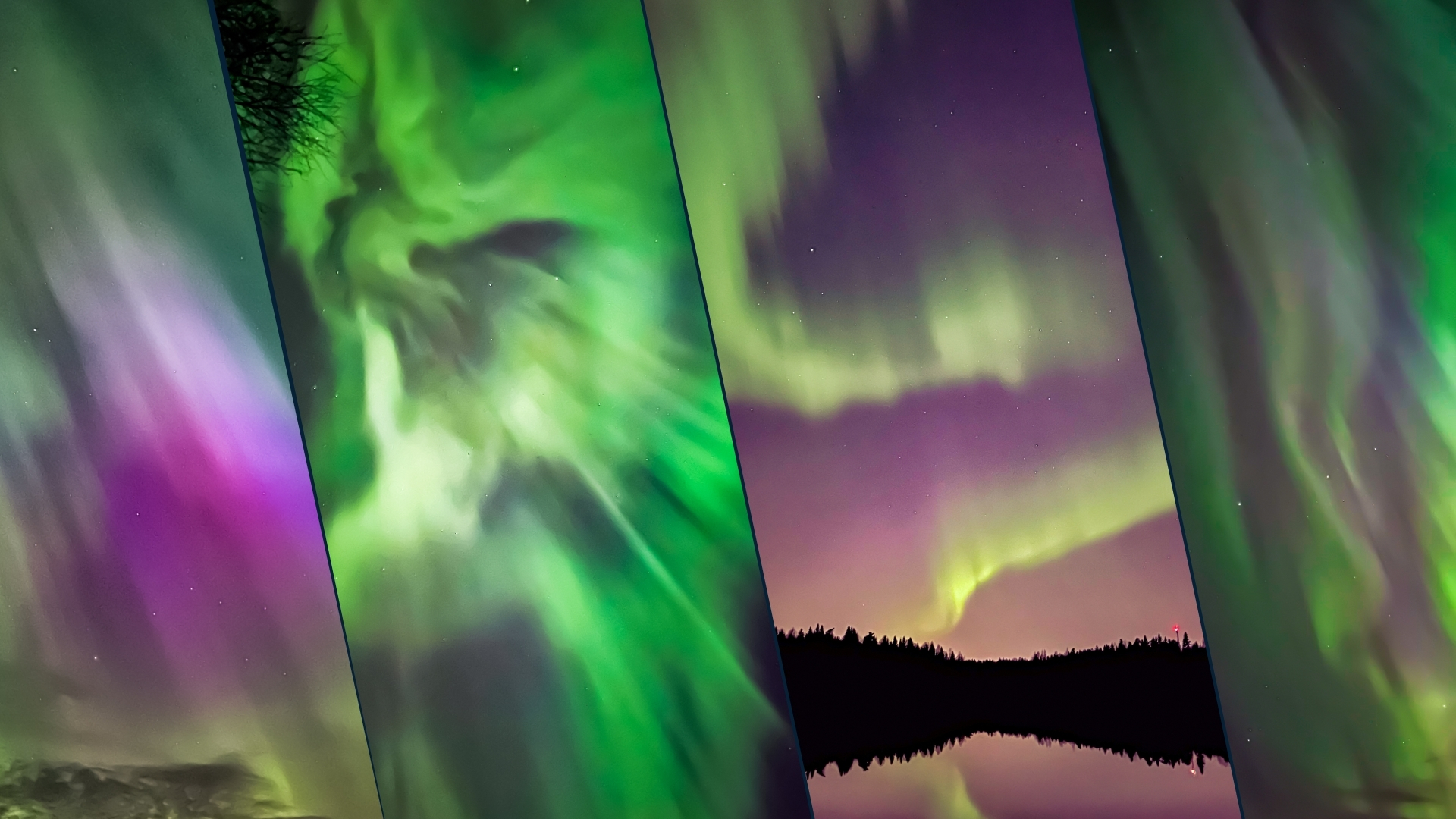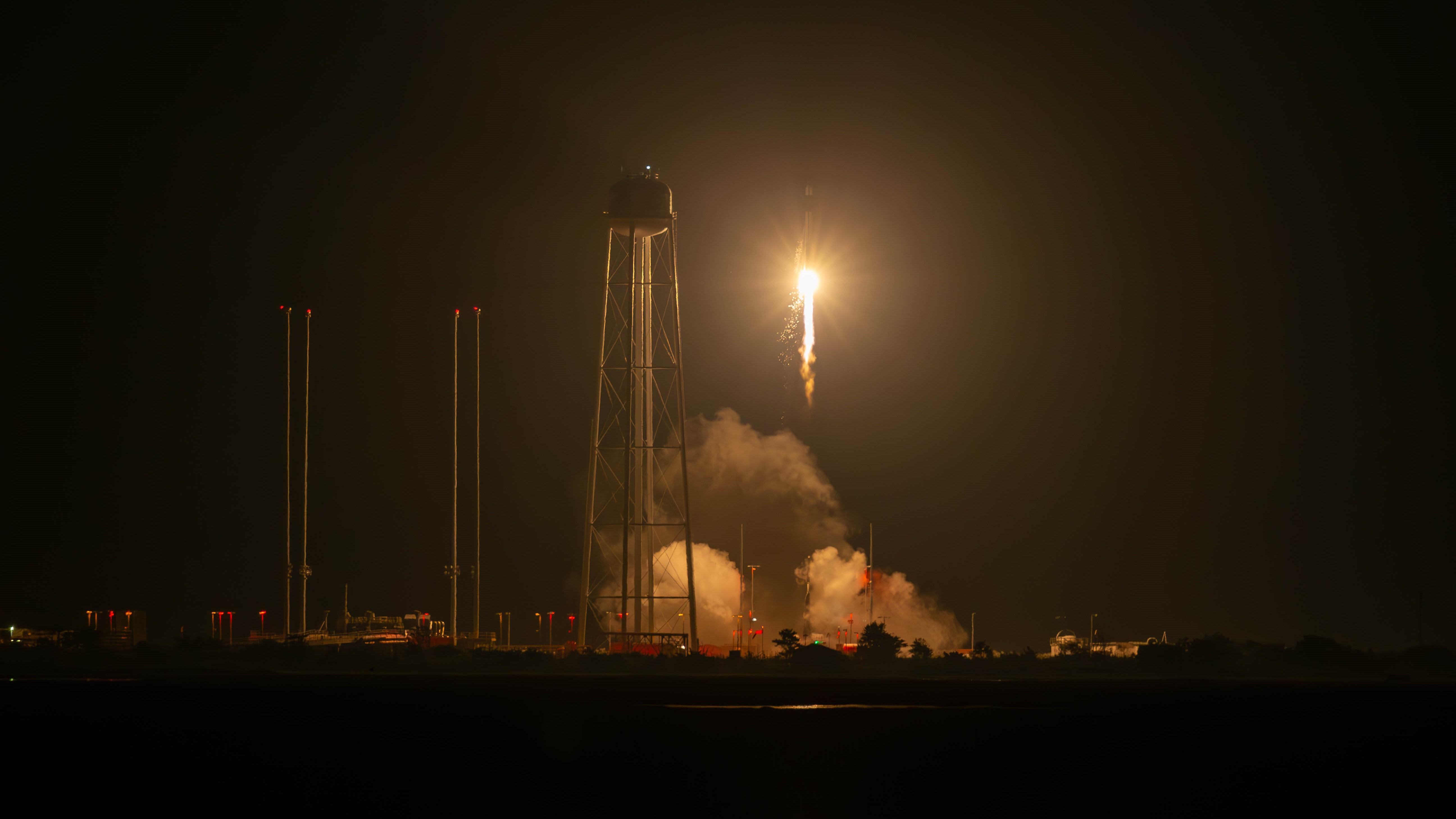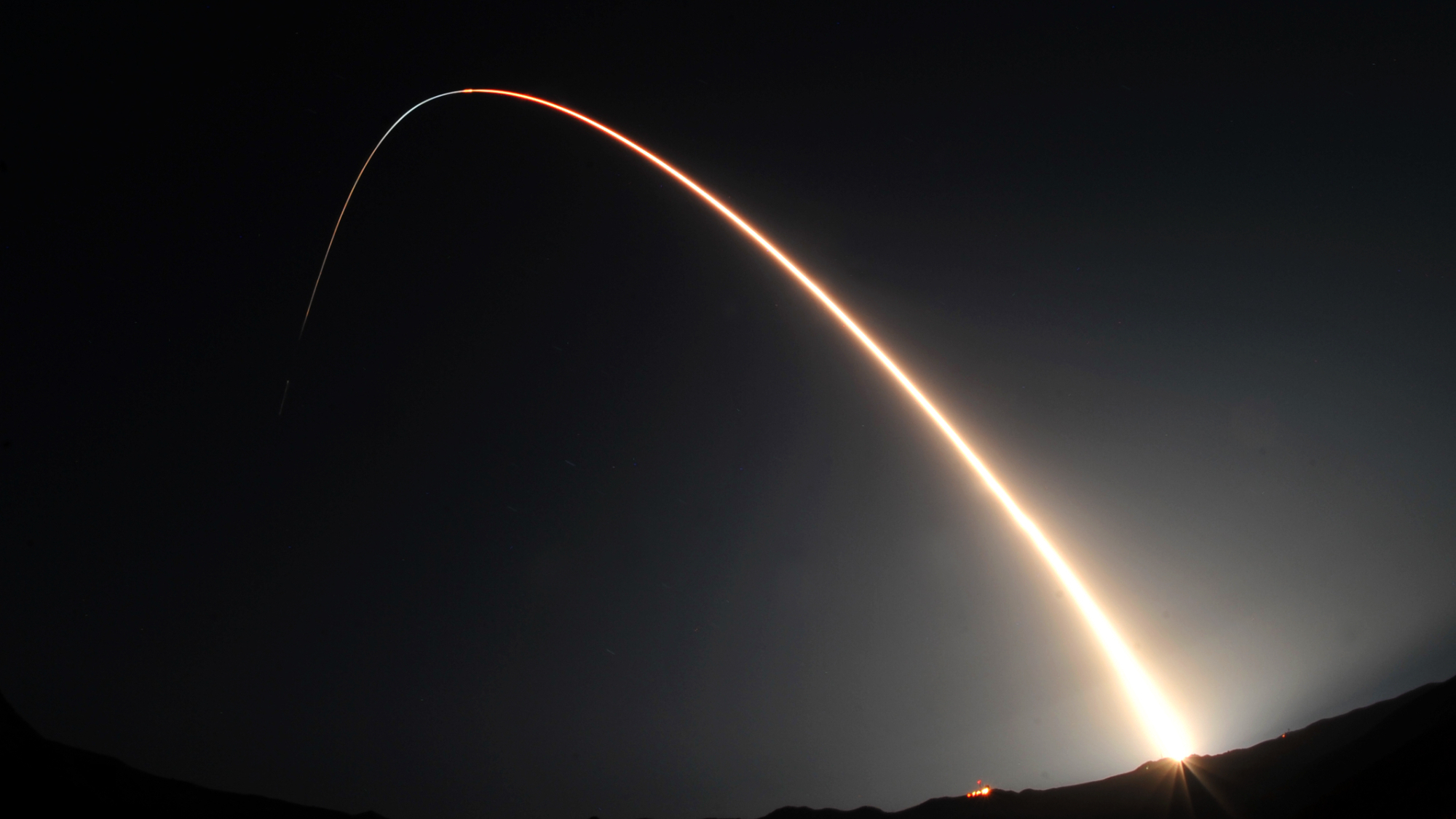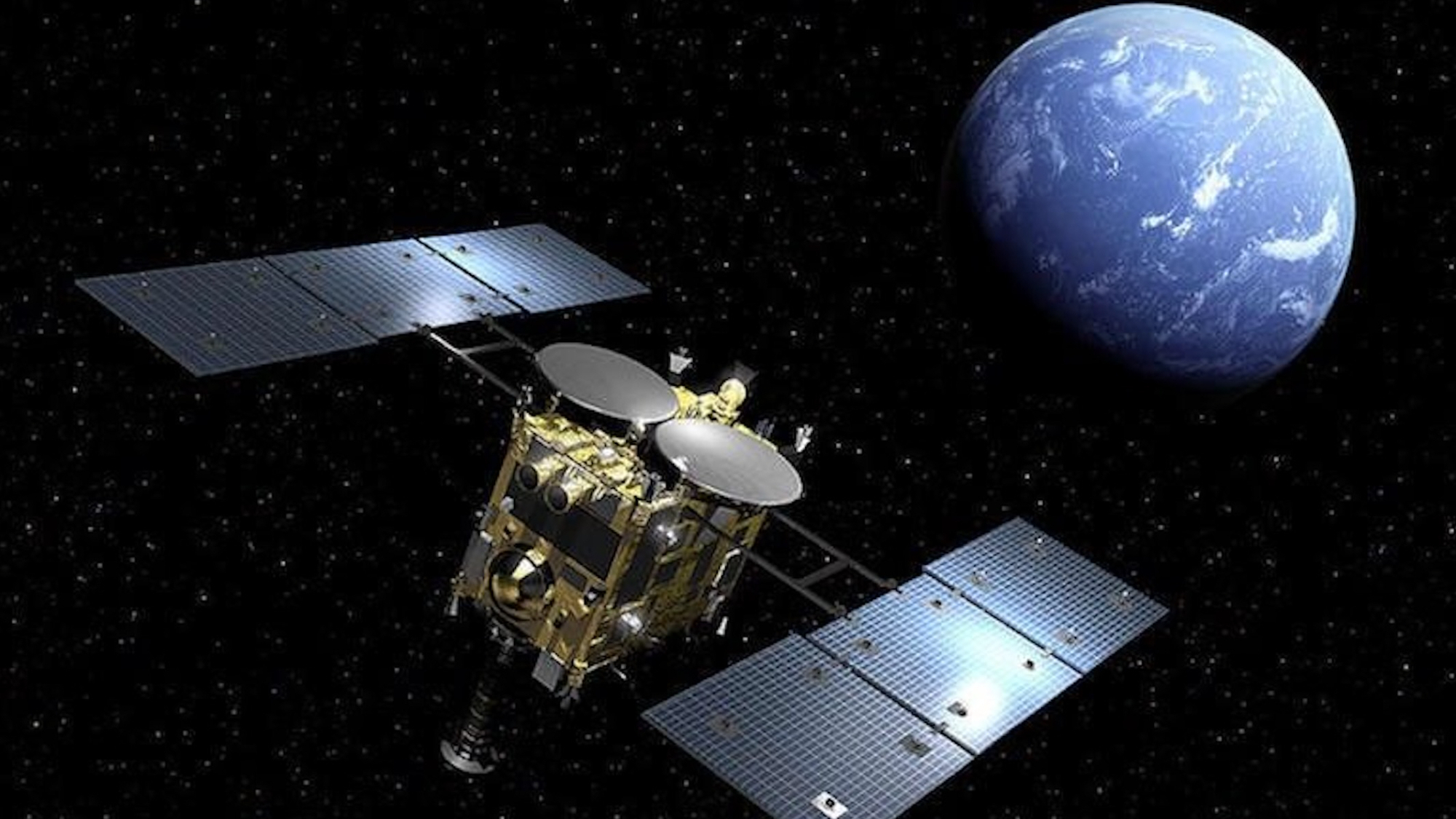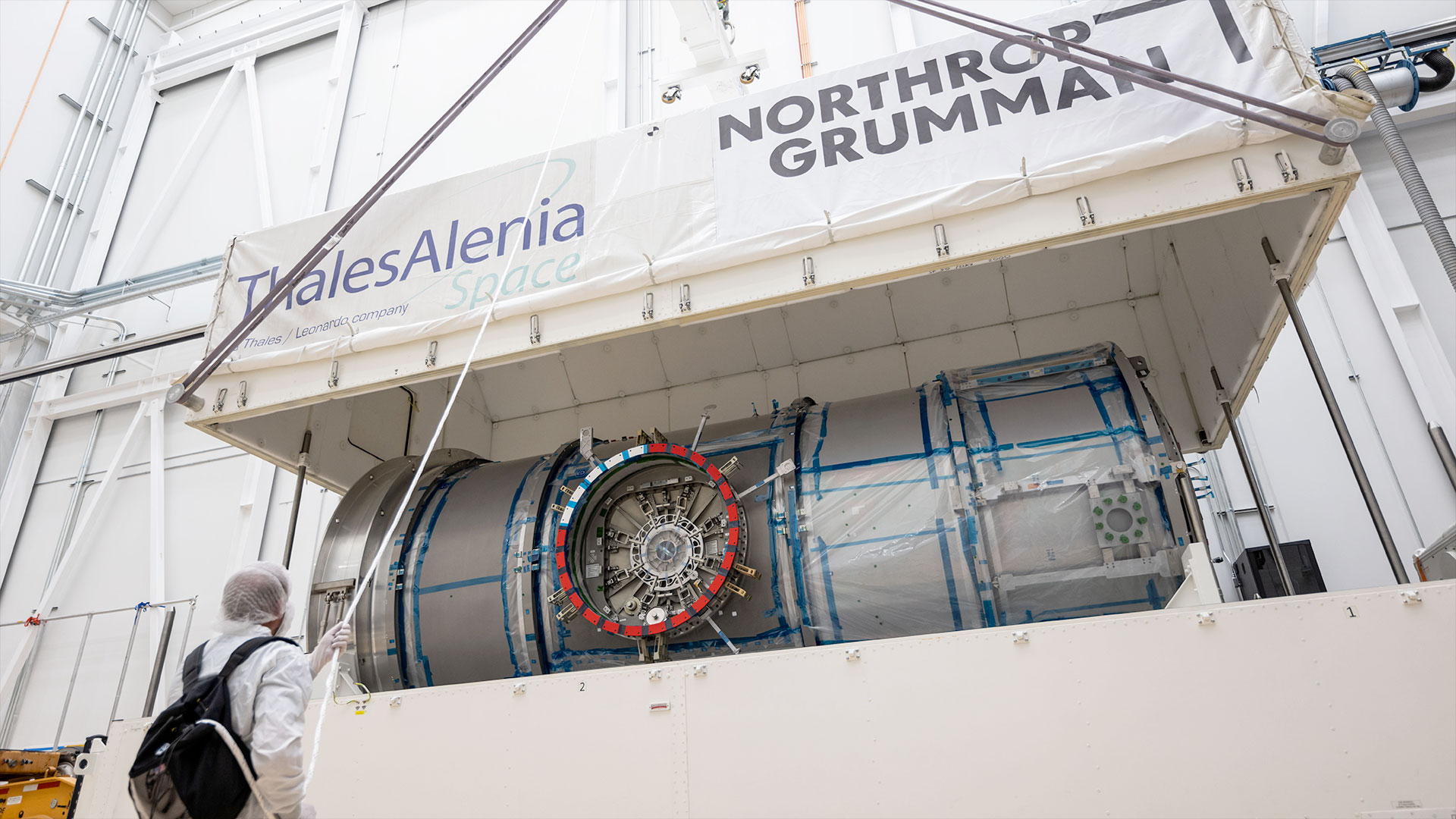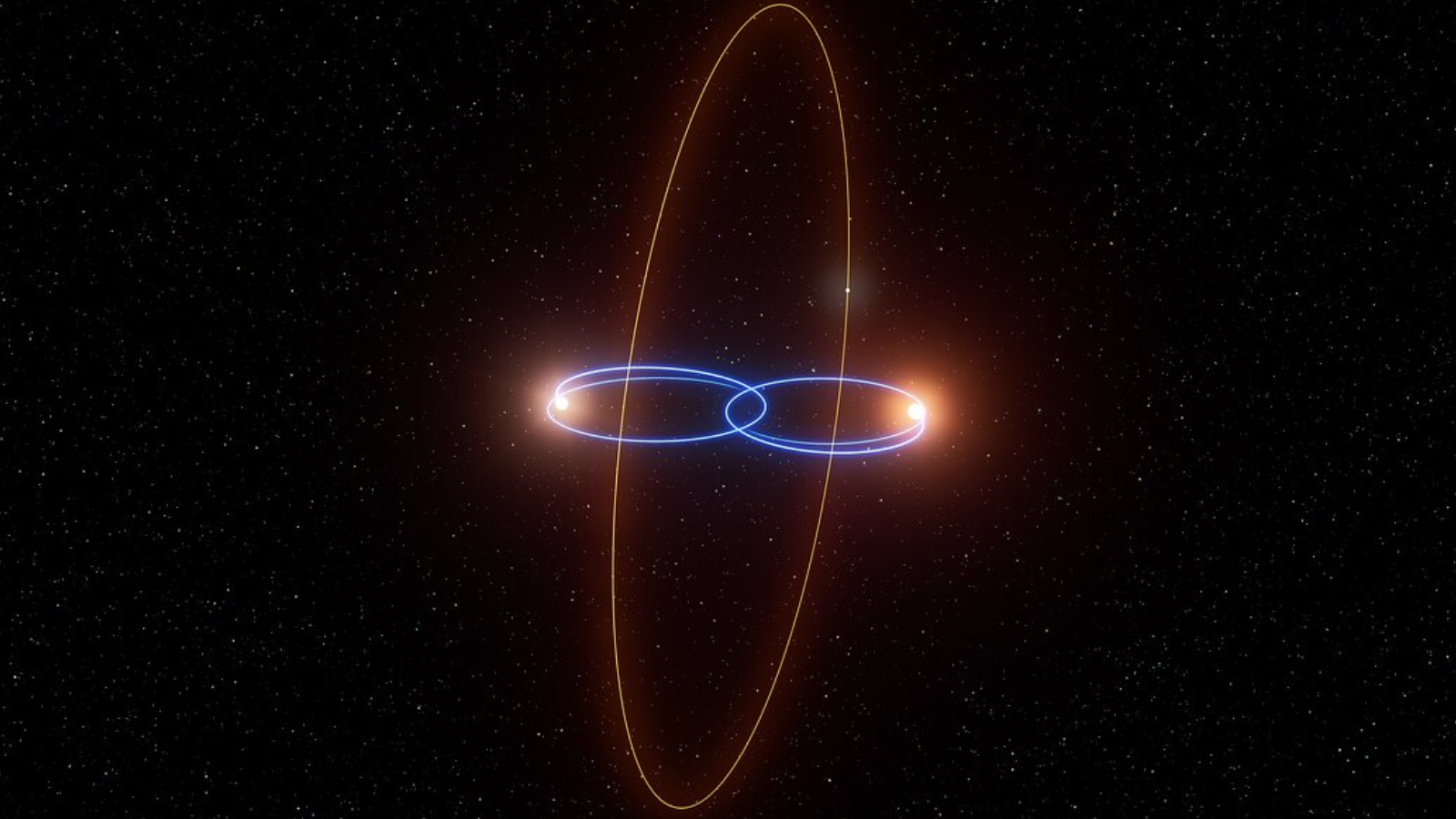How artificial intelligence is helping scientists hunt for alien Earths
"The algorithm achieves precision values of up to 0.99, which means that 99% of the systems identified by the machine-learning model have at least one Earth-like planet."
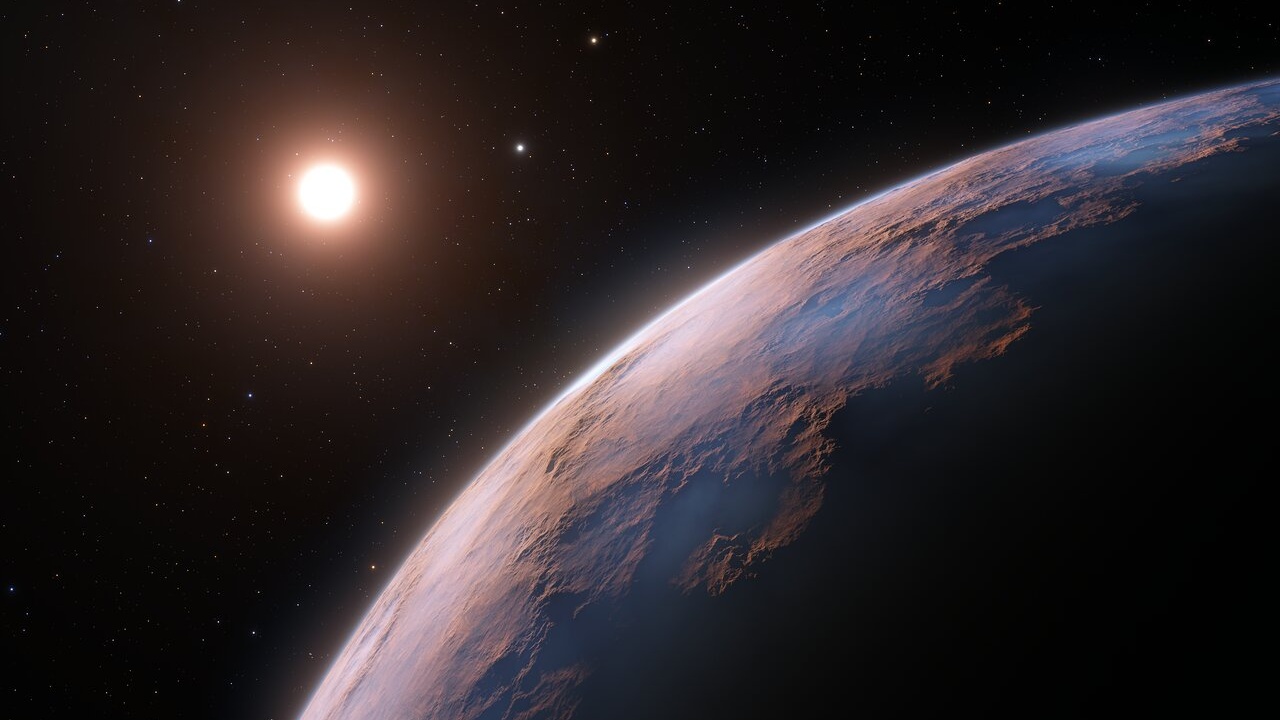
A machine-learning algorithm trained on synthetic planetary systems has been let loose — and in the process has identified nearly four dozen real stars that have a high probability of hosting a rocky planet in their habitable zone.
"The model identified 44 systems that are highly likely to harbor undetected Earth-like planets," said Jeanne Davoult, an astronomer at the German Aerospace Agency DLR, in a statement. "A further study confirmed the theoretical possibility for these systems to host an Earth-like planet."
Often, "Earth-like" worlds — Earth-like in the sense that they have a similar mass to our planet and reside in their star's habitable zone — are found by chance, often in huge surveys that watch thousands of stars for transiting planets. However, astronomers would like to even the odds of finding Earth-size habitable-zone planets, and hence require a more targeted means of finding candidate stars.
This is what led Davoult to develop the algorithm while she was at the University of Bern in Switzerland. Like all models based on machine-learning algorithms that learn to identify patterns and make predictions based on where the algorithm sees those patterns, it had to be trained on data. The problem, however, is that although nearly 6,000 exoplanets have been discovered so far, the information that we have on these worlds is patchy. And in general, even 6,000 worlds is not enough to train the algorithm.
So, Davoult and her colleagues at the University of Bern, Romain Eltschinger and Yann Alibert, turned to another model that is able to simulate worlds based on everything we know about planetary systems. The Bern Model of Planet Formation and Evolution has been in continuous development at the University of Bern since 2003, and is constantly undergoing improvements as more data and theoretical models become available.
"The Bern Model can be used to make statements about how planets were formed, how they evolved and which types of planets develop under certain conditions in a protoplanetary disk," Alibert said in the statement. "The Bern Model is one of the only models worldwide that offers such a wealth of interrelated physical processes and enables a study like the current one to be carried out."
The Bern Model spat out 53,882 simulated planetary systems around three different types of stars: G-type stars like our sun, red dwarfs with about half the mass of the sun, and a second group of red dwarfs with just a fifth of a solar mass.
Get the Space.com Newsletter
Breaking space news, the latest updates on rocket launches, skywatching events and more!
The algorithm set about searching these simulated planetary systems for patterns or correlations, connecting the presence or absence of an Earth-size habitable-zone planet with various architectures of the planetary systems.
Some correlations are more evident than others. For example, there's a correlation between the existence of an inner rocky planet co-inhabiting a system with an outer gas giant. This is the same architecture that our solar system has, with the rocky planets closer to the sun than the gas giants.
On the flip-side, there's an anti-correlation between hot Jupiters, which are gas giants close to their sun, and "peas-in-a-pod" planets, which are strings of rocky planets of similar mass and orbital spacing that have been found around some red dwarf stars such as TRAPPIST-1 and Barnard's Star. Because a hot Jupiter is a gas giant that formed farther out from its star and then migrated inwards, knocking any planets in its path out of the way, we would not expect to find a hot Jupiter alongside such orderly rocky planets.
But there are deeper correlations too, which were identified by Davoult in earlier research. In particular, the mass, radius and orbital period of the innermost detectable planet seems to be a big signpost as to whether a system hosts an Earth-size, temperate planet or not.
For instance, Davoult found that around G-type stars like our sun, the existence of an Earth-sized habitable zone planet seems more probable if the radius of the innermost detectable planet is greater than 2.5 times the radius of Earth, or if it has an orbital period greater than 10 days.
Armed with the knowledge of these correlations, the algorithm was successfully trained on the simulated data.
"The results are impressive: the algorithm achieves precision values of up to 0.99, which means that 99% of the systems identified by the machine-learning model have at least one Earth-like planet," said Davoult.
Confident in the algorithm's ability to recognize correlations, it was then applied to real observations, providing the 44 candidate planetary systems in which there is a high probability that an Earth-size planet exists in the habitable zone of its star. Astronomers can now follow up on these targets, rather than searching stars blindly.
The algorithm will really prove its worth in the future. The European Space Agency's PLATO mission is expected to discover many thousands of transiting planets. By applying the algorithm to PLATO's discoveries, it should be able to narrow down the many thousands of systems to the few that have a higher chance of supporting an Earth-like planet, allowing astronomers to find them more quickly and efficiently.
"This is a significant step in the search for planets with conditions favorable to life and, ultimately, for the search for life in the Universe," said Alibert.
The findings are published in the April 2025 issue of the journal Astronomy & Astrophysics.
Join our Space Forums to keep talking space on the latest missions, night sky and more! And if you have a news tip, correction or comment, let us know at: community@space.com.

Keith Cooper is a freelance science journalist and editor in the United Kingdom, and has a degree in physics and astrophysics from the University of Manchester. He's the author of "The Contact Paradox: Challenging Our Assumptions in the Search for Extraterrestrial Intelligence" (Bloomsbury Sigma, 2020) and has written articles on astronomy, space, physics and astrobiology for a multitude of magazines and websites.
You must confirm your public display name before commenting
Please logout and then login again, you will then be prompted to enter your display name.
